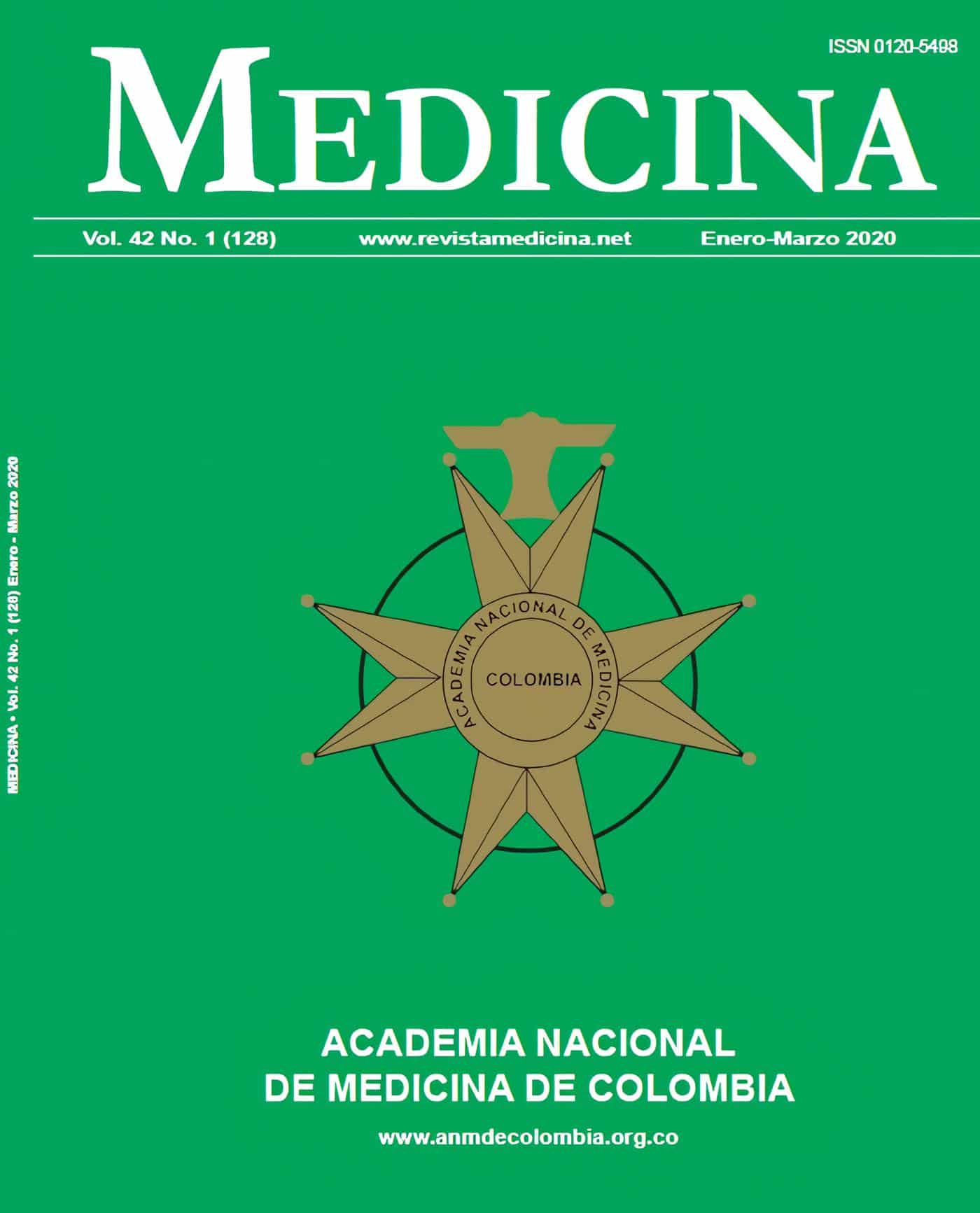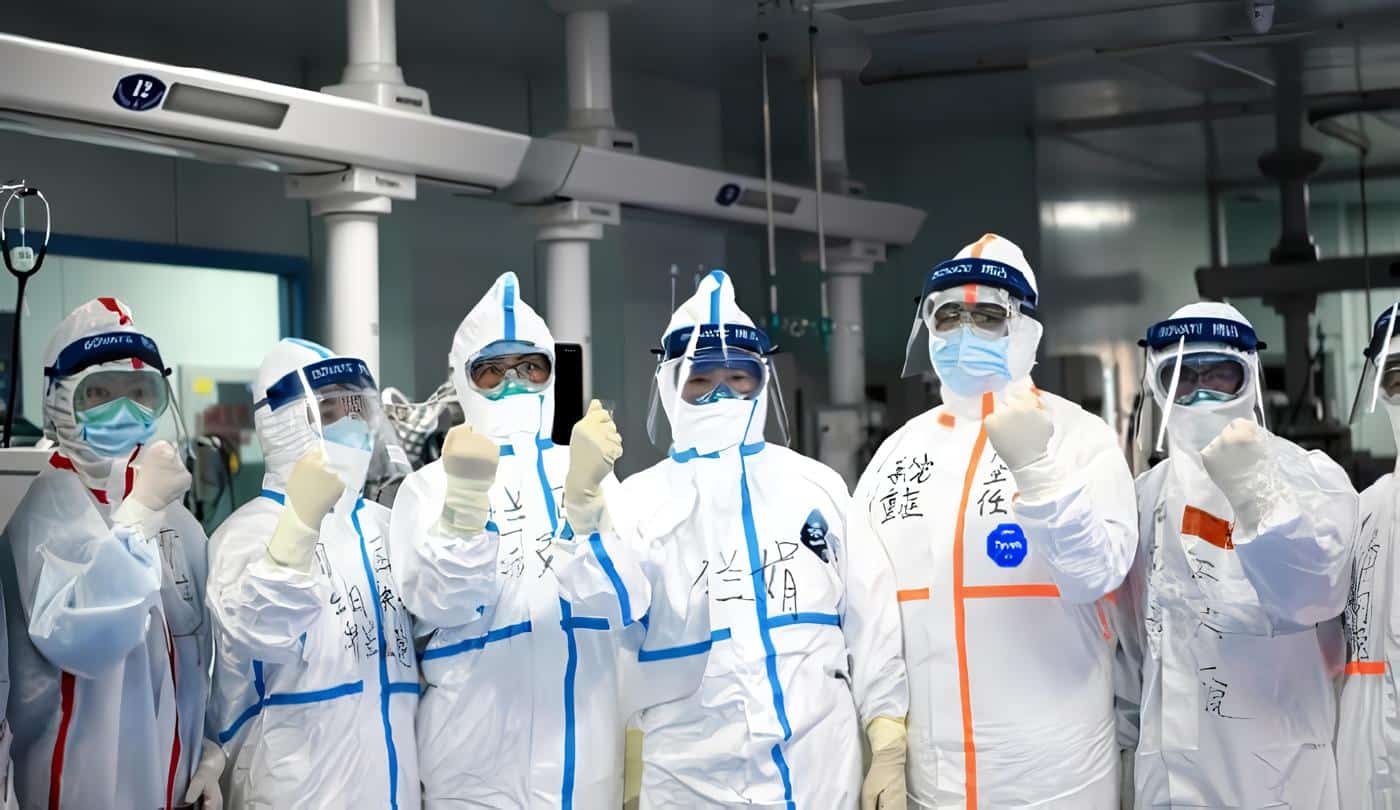La búsqueda de una estrategia profiláctica en contra del virus de la fiebre amarilla, fue fructífera en la década de 1930.
En esta década, la vacuna de virus atenuados (usando la cepa 17D del virus de la fiebre amarilla) fue desarrollada a partir de pases seriados por embriones de pollo, lo que produjo una vacuna segura y eficaz para inducir una respuesta humoral en contra de los genotipos conocidos de virus de la fiebre amarilla (37).
En general, la respuesta inmune en contra de los flavivirus, como el virus de la fiebre amarilla, se caracteriza por respuestas celulares y humorales (25). El caso de la vacuna YF17D, esta produce una inmunidad humoral potente y genera, de esta manera, una de las vacunas más eficaces conocidas a la fecha. La eficacia de dicha vacuna, recae en la producción de anticuerpos neutralizantes en contra de la proteína E, discutida anteriormente, así como anticuerpos en contra de la proteína NS1.
A pesar del bien estudiado papel de la inmunidad humoral, también se atribuye un gran grado de la eficacia de la vacuna a las respuestas por parte de células T, particularmente, las producidas en torno a linfocitos T CD8+, que generan una población de memoria con una vida media considerable (37).
La vacuna para la fiebre amarilla, no forma parte de la estrategia de vacunación masiva de la mayoría de los países a nivel mundial.
Por lo tanto, es de suma importancia delimitar quiénes deben recibir la vacunación con este agente. Se recomienda que las personas de 9 meses de edad en adelante, quienes están viajando o que actualmente viven en un área con riesgo de transmisión del virus de la fiebre amarilla (por ejemplo, África y Sudamérica), sean vacunadas (38).
El riesgo de fiebre amarilla en personas que viajan a África por dos semanas, asciende a 50/100.000 personas, mientras que para Sudamérica es de 5/100.000 personas, y dichos sujetos podrían, adicionalmente, importar la enfermedad a zonas no endémicas (13).
Algo importante para recalcar es el hecho de que, tanto el virus de la fiebre amarilla como la vacuna, se transmiten a través de la lactancia materna.
Dicha cuestión puede producir encefalitis en neonatos alimentados al seno materno, cuyas madres hayan recibido la vacuna de la fiebre amarilla, por lo que se debe evitar aplicarla en estos casos cuando sea posible. De igual manera, se recomienda evitar la Vacunación contra la Fiebre Amarilla en infantes menores de 6 meses por el riesgo de desarrollar encefalitis a partir de la vacuna (39,40).
(Lea También: Tuberculosis: Tiempo sin Tiempo)
Panorama actual y a futuro
A pesar de los grandes avances hechos hasta el día de hoy, la fiebre amarilla está lejos de ser una enfermedad erradicada. Actualmente, los esfuerzos liderados por la OMS, mediante la estrategia EYE para detener esta enfermedad, parecen estar dando resultados adecuados. En el 2018, 61 millones de personas fueron vacunadas en África contra la fiebre amarilla, particularmente, en países como Ghana, Nigeria y Etiopía.
Se aumentó en 57% la disponibilidad de la vacuna para poder garantizar los programas de Vacunación contra la Fiebre Amarilla implementados. De igual manera, se implementó un laboratorio de referencia, el “Institut Pasteur Dakar”, para el apoyo al diagnóstico y control de calidad. Se proyecta que, actualmente en el 2020, se apliquen aún más estrategias de vacunación en esta región (9).
Adicionalmente, se esperan los resultados de los ensayos clínicos con respecto a nuevos agentes terapéuticos y estrategias profilácticas. Considerando que, en etapas severas, la fiebre amarilla tiene una mortalidad de hasta el 50%, es prioritario que se logren identificar estrategias adecuadas de tratamiento para poder abordar los brotes que ocurren, con frecuencia, en ciertas regiones.
Referencias
- 1. Bryant JE, Holmes EC, Barrett AD. Out of Africa: a mo¬lecular perspective on the introduction of yellow fever virus into the Americas. PLoS Pathog. 2007; 3(5): e75.
- 2. Staples JE, Monath TP. Yellow fever: 100 years of disco¬very. JAMA. 2008; 300(8): 960-2.
- 3. Tomori O. Yellow fever: the recurring plague. Crit Rev Clin Lab Sci. 2004; 41(4): 391-427.
- 4. Chippaux JP, Chippaux A. Yellow fever in Africa and the Americas: a historical and epidemiological perspective. J Venom Anim Toxins Incl Trop Dis. 2018; 24: 20.
- 5. Smith A. On Yellow Fever in the West Indies and West Coast of America. Trans Epidemiol Soc Lond. 1862; 1(Pt 2): 243-245.
- 6. Renan GB. La Fiebre Amarilla en Yucatán durante las épocas precolombina y colonial. Rev Biomed. 2000; 11: 301-307.
- 7. Selden, Whitehead. A Short History of the Yellow Fe¬ver Which Prevailed at Norfolk in the Months of August, September, and October, 1801; with Some Account of the Diseases That Preceded and Followed It’s Appea¬rance. Med Phys J. 1803; 10(55): 266-272.
- 8. Rogers DJ, et al. The global distribution of yellow fever and dengue. Adv Parasitol. 2006; 62: 181-220.
- 9. Organization WH. 2020; Available from: https://www.who.int/news-room/fact-sheets/detail/yellow-fever.
- 10. Hamrick PN, et al. Geographic patterns and environ¬mental factors associated with human yellow fever pre¬sence in the Americas. PLoS Negl Trop Dis. 2017; 11(9): e0005897.
- 11. Hamlet A, et al. The seasonal influence of climate and environment on yellow fever transmission across Africa. PLoS Negl Trop Dis. 2018; 12(3): e0006284.
- 12. De Paiva CA, et al. Determination of the spatial suscep¬tibility to Yellow Fever using a multicriteria analysis. Mem Inst Oswaldo Cruz. 2019; 114: e180509.
Bibliografía
- 13. Chen LH, Wilson ME. Yellow fever control: current epi¬demiology and vaccination strategies. Trop Dis Travel Med Vaccines. 2020; 6: 1.
- 14. Douam F, Ploss A. Yellow Fever Virus: Knowledge Gaps Impeding the Fight against an Old Foe. Trends Micro¬biol. 2018; 26(11): 913-928.
- 15. Parr CS, et al. The Encyclopedia of Life v2: Providing Global Access to Knowledge about Life on Earth. Biodi¬vers Data J. 2014; (2): e1079.
- 16. Rice CM, et al. Nucleotide sequence of yellow fever vi¬rus: implications for flavivirus gene expression and evo¬lution. Science. 1985; 229(4715): 726-33.
- 17. Lee E, et al. Mutagenesis of the signal sequence of ye¬llow fever virus prM protein: enhancement of signalase cleavage in vitro is lethal for virus production. J Virol. 2000; 74(1): 24-32.
- 18. Carpp LN, Galler R, Bonaldo MC. Interaction between the yellow fever virus nonstructural protein NS3 and the host protein Alix contributes to the release of infectious particles. Microbes Infect. 2011; 13(1): 85-95.
- 19. Li K, Phoo WW, Luo D. Functional interplay among the flavivirus NS3 protease, helicase, and cofactors. Virol Si. 2014; 29(2): 74-85.
- 20. Valderrama A, Díaz Y, López-Verges S. Interaction of Flavivirus with their mosquito vectors and their impact on the human health in the Americas. Biochem Biophys Res Commun. 2017; 492(4): 541-547.
- 21. Moreira-Soto A, et al. Evidence for multiple sylvatic transmission cycles during the 2016-2017 yellow fever virus outbreak, Brazil. Clin Microbiol Infect. 2018; 24(9): 1019 e1-1019 e4.
- 22. Lodola S, Gois Junior E. Theories about the propagation of yellow fever: the scientific debate in the Sao Paulo press between 1895 and 1903. Hist Cienc Saude Man¬guinhos. 2015; 22(3): 687-704.
Fuentes
- 23. Chaves-Carballo E. Carlos Finlay and yellow fever: triumph over adversity. Mil Med. 2005; 170(10): 881-5. 24. Possas C, et al. Yellow fever outbreak in Brazil: the puzzle of rapid viral spread and challenges for immunisa¬tion. Mem Inst Oswaldo Cruz. 2018; 113(10): e180278.
- 25. Slon Campos JL, Mongkolsapaya J, Screaton GR. The immune response against flaviviruses. Nat Immunol. 2018; 19(11): 1189-1198.
- 26. Op De Beeck A, et al. The transmembrane domains of the prM and E proteins of yellow fever virus are en¬doplasmic reticulum localization signals. J Virol. 2004; 78(22): 12591-602.
- 27. Op De Beeck A, et al. Role of the transmembrane doma¬ins of prM and E proteins in the formation of yellow fever virus envelope. J Virol. 2003; 77(2): 813-20.
- 28. Quaresma JA, et al. Immunity and immune response, pathology and pathologic changes: progress and cha¬llenges in the immunopathology of yellow fever. Rev Med Virol. 2013; 23(5): 305-18.
- 29. Laureti M, et al. Flavivirus Receptors: Diversity, Identity, and Cell Entry. Front Immunol. 2018; 9: 2180.
- 30. Monath TP, Barrett AD. Pathogenesis and pathophysio¬logy of yellow fever. Adv Virus Res. 2003; 60: 343-95.
- 31. Vieira WT, et al. Histopathology of the human liver in ye¬llow fever with special emphasis on the diagnostic role of the Councilman body. Histopathology. 1983; 7(2): 195- 208.
- 32. Quaresma JA, et al. Reconsideration of histopathology and ultrastructural aspects of the human liver in yellow fever. Acta Trop. 2005; 94(2): 116-27.
- 33. Engelmann F, et al. Pathophysiologic and transcriptomic analyses of viscerotropic yellow fever in a rhesus ma¬caque model. PLoS Negl Trop Dis. 2014; 8(11): e3295.
Lecturas Recomendadas
- 34. Quaresma JA, Duarte MI, Vasconcelos PF. Midzonal lesions in yellow fever: a specific pattern of liver injury caused by direct virus action and in situ inflammatory response. Med Hypotheses. 2006; 67(3): 618-21.
- 35. Quaresma JA, et al. Immunohistochemical examination of the role of Fas ligand and lymphocytes in the patho¬genesis of human liver yellow fever. Virus Res. 2006; 116(1-2): 91-7.
- 36. Trials C. 2020. Available from: https://clinicaltrials.gov/ct2/show/NCT03776786.
- 37. Vaughan K, et al. Meta-analysis of all immune epitope data in the Flavivirus genus: inventory of current immune epitope data status in the context of virus immunity and immunopathology. Viral Immunol. 2010; 23(3): 259-84.
- 38. Prevention C.f.D.C.a. Yellow Fever. 2019 [cited 2020 June 10]; Available from: cdc.gov/yellowfever/qa/index. html#vaccine.
- 39. Yellow Fever Vaccine. In: Drugs and Lactation Database (LactMed). Bethesda (MD): National Library of Medicine (US); 2006.
- 40. Centers for Disease, C. and Prevention. Transmission of yellow fever vaccine virus through breast-feeding – Bra¬zil, 2009. MMWR Morb Mortal Wkly Rep. 2010; 59(5): 130-2.
Recibido: 12 de junio de 2020
Aceptado: 28 de junio de 2020
Correspondencia:
Lucía Zatarain-Barrón
lucia.zatarain.barron@gmail.com






